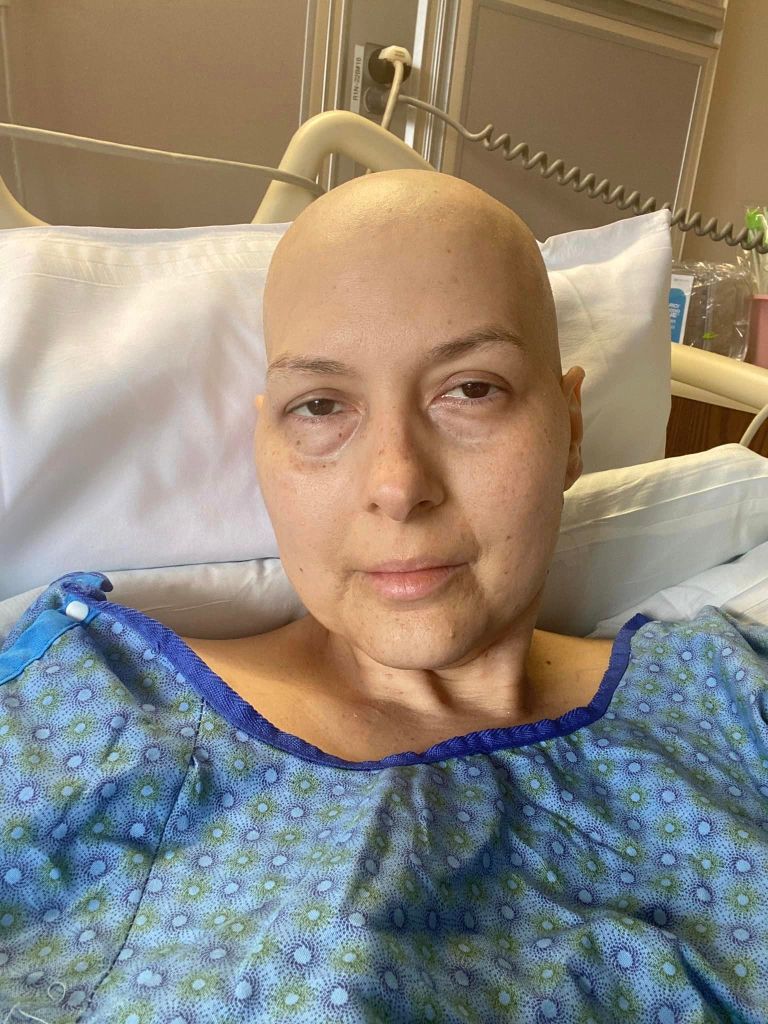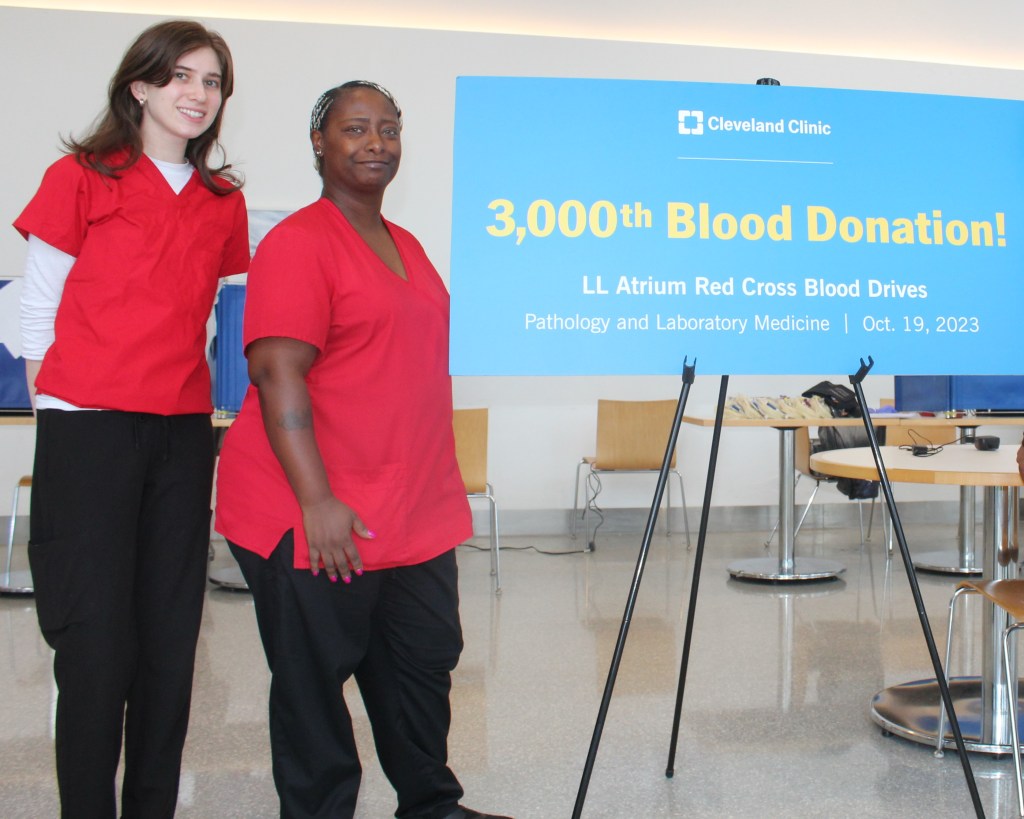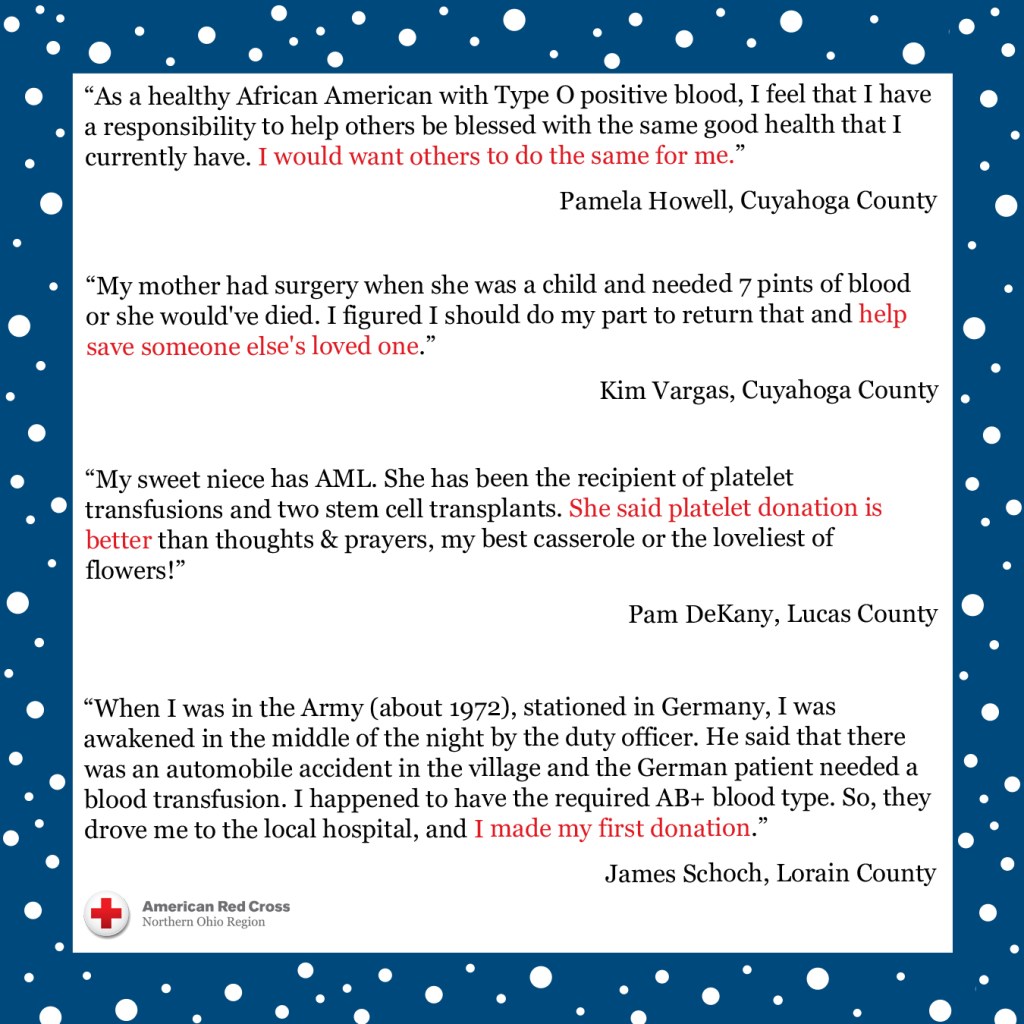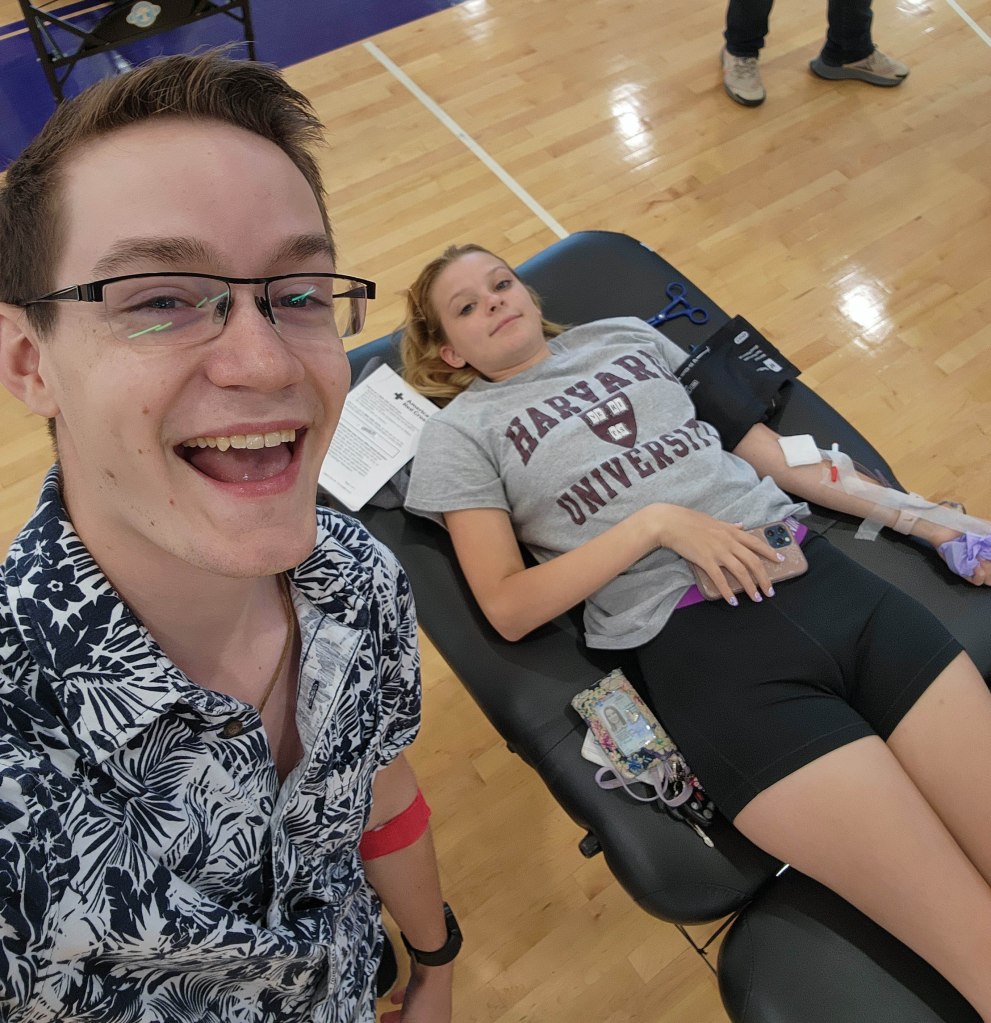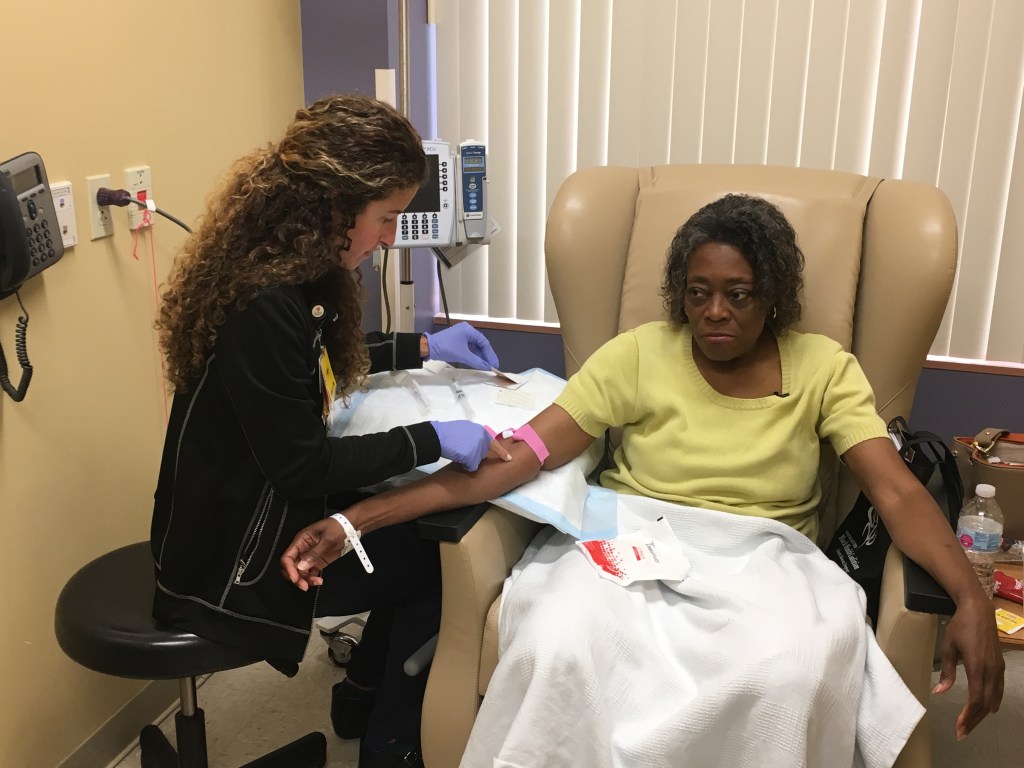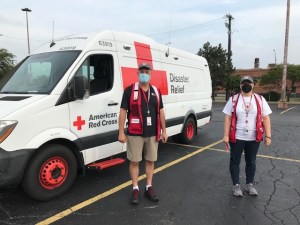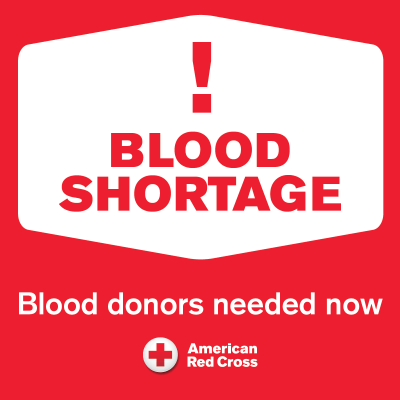Donate on GivingTuesday or give blood during the holidays to help for future crises

In 2023, extreme disasters took a devastating toll on people in the U.S. who turned to the American Red Cross for help coping with a record number of billion-dollar disasters.
So far this year, an all-time high of 25 separate billion-dollar disasters ravaged communities across the country, and more than 170 disaster workers from the Northern Ohio Region responded. They deployed to help people affected by extreme weather disasters such as:
January tornadoes in Georgia, Alabama and Mississippi
Flooding caused by an atmospheric river in California in March
April flooding in Florida
Tornadoes in Missouri and Arkansas in April
Typhoon Mawar in Guam in May
Catastrophic flooding in Vermont in July
Southern California flooding in the wake of Tropical Storm Hillary in August
Wildfires fueled by prolonged drought conditions in Hawaii in August
Hurricane Idalia in Florida in August
Hurricane Lee in New England in September

Volunteers from Northern Ohio also responded to disasters in our own communities, including:
The train derailment and chemical burn in East Palestine in February
The largest shelter operation in Northern Ohio since 2004 following an apartment fire in East Cleveland
August flooding in several north central Ohio counties
Multi-family fires in Akron, Uhrichsville, and Maumee

In addition, families sweltered in the nation’s hottest summer on record. And back-to-back disasters led to a series of blood drive cancellations, which further strained the national Red Cross blood supply that was already dwindling from summer travel and back-to-school activities.
“Increasing extreme disasters are causing more humanitarian needs for families in Northern Ohio and across the country,” Mike Parks, Regional CEO of the Red Cross of Northern Ohio, said. “This holiday season, please remember those who need support in the face of emergencies — and join us to provide care and comfort by making a financial donation or by giving blood or platelets.”
Help on GivingTuesday and during the holidays by visiting redcross.org to make a financial donation or an appointment to give blood or platelets. Individuals can also register for volunteer opportunities.

RESPONDING TO ADDITIONAL EMERGING NEEDS Beyond extreme disasters, people stepped up through the Red Cross to address other emerging needs for communities, including:
BLOOD DONATIONS: As the nation’s largest blood supplier, the Red Cross is grateful for the millions of donors who rolled up a sleeve throughout the year for patients in need. To further improve people’s health outcomes, the Red Cross has been working with community partners to introduce blood donation to a new and more diverse generation of blood donors — which is critical to ensuring that a reliable blood supply is available to the 1 in 7 hospital patients who need a lifesaving blood transfusion.
LIFESAVING TRAINING: This year, the Red Cross expanded its training to empower people to act during current-day crises — which is vital considering that nearly half of U.S. adults report being unprepared to respond to a medical emergency. This included launching the new “Until Help Arrives” online training course last spring for opioid overdoses, severe bleeding, cardiac arrest and choking emergencies, and partnering with professional sports leagues through the Smart Heart Sports Coalition to help prevent tragedies among student athletes by offering CPR training and increasing access to AEDs.
MILITARY FAMILIES: Red Cross workers helped service members on U.S. military installations and deployment sites worldwide — including in Europe, the Middle East and Southeast Asia. As part of our support this year, Red Cross volunteers delivered emergency communications messages connecting more than 87,000 service members with their loved ones during times of family need, while also engaging members in morale and wellness activities during deployments.
INTERNATIONAL: As part of the world’s largest humanitarian network, the American Red Cross supported international response efforts to disasters such as this year’s massive earthquakes in Türkiye and Syria, the drought and hunger crisis in Africa, and flooding in Pakistan and Bangladesh. This has included providing millions in cash assistance, food, shelter, basic supplies, medical care and mental health services. As devastating conflicts persist in other areas of the world, the global Red Cross Movement continues to provide aid for people suffering, including those in Ukraine and in Israel and Gaza, as part of its neutral, humanitarian mission.
Visit https://www.redcross.org/local/ohio/northern-ohio/ways-to-donate/local-giving.html for more information about how the Red Cross helped people throughout the Northern Ohio Region in 2023.
About Our Regional Holiday Supporters:
The Red Cross is grateful for corporate partners who contribute to our Holiday Campaign. They include Westfield. Thanks to their generosity and that of other supporters, the Red Cross is able to bring help and hope to people in need.
Posted by Ryan Lang, Red Cross board member and volunteer


